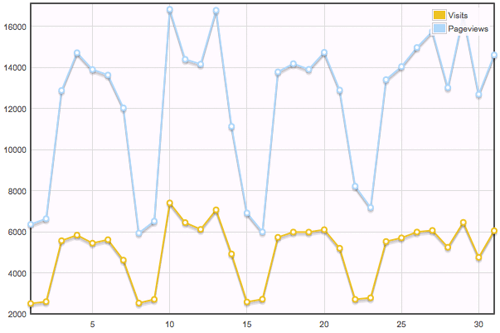IFRAME contentWindow is null
I like clean code so I do what I can to avoid unwanted JavaScript global variables. I initially thought that keys(window) would give me window property leaks but that didn't work because browsers returned different results, so I moved on to using an IFRAME to compare default window property keys.
When I first tried this method, I got a lame error about an IFRAME element's contentWindow property being null. Ugh. It didn't take long to figure out why: you need to wait until the IFRAME has loaded to get the contentWindow:
var iframe = document.createElement('iframe');
iframe.onload = function() {
// contentWindow is set!
};
iframe.src = 'about:blank';
document.body.appendChild(iframe);
Of course you'll want to add the onload event before setting the src. If you use the load event to check for the contentWindow property, you'll be in business!





Don’t you need to append your iframe element to a DOM tree so that the browser fetches its target content ? I mean, I know that old IE will load scripts as you parse an “HTML string” but in modern browsers, I thought that the asset does not get loaded until you append the element to a document (and in my opinion this it what makes constructors such as
Image()so useful).Yes, good catch! Updated!
Unfortunately this does not appear to be 100% reliable in chrome (i’m currently using version 62.0.3202.94, but this appears to have been an issue for a while), as sometimes contentWindow can still be null when onload is triggered.
This solution worked for me! Thanks a lot!
Thank you, saved me hours!
Sharry